Ancient Greek Architecture and Art Worksheets
Ancient Greek architecture and art worksheets are a valuable resource for students studying this fascinating period of history. These worksheets provide an engaging and educational way for students to learn about the various aspects of Greek architecture and art, such as the different types of columns, famous temples, and influential Greek artists. By using these worksheets, students can enhance their understanding of this topic through hands-on activities and thought-provoking questions.
Table of Images 👆
More Other Worksheets
Kindergarten Worksheet My RoomSpanish Verb Worksheets
Cooking Vocabulary Worksheet
DNA Code Worksheet
Meiosis Worksheet Answer Key
Art Handouts and Worksheets
7 Elements of Art Worksheets
All Amendment Worksheet
Symmetry Art Worksheets
Daily Meal Planning Worksheet
What are the characteristics of ancient Greek architecture?
Ancient Greek architecture is characterized by its use of columns, particularly the Doric, Ionic, and Corinthian orders, as well as pediments, friezes, and entablatures. Buildings were typically symmetrical and balanced, with an emphasis on proportion and harmony. Temples and public buildings were important structures, designed with careful attention to detail and craftsmanship, often using marble as a primary material. Greek architecture also incorporated elements such as fluted columns, triglyphs, metopes, and intricate decorative sculpture, reflecting the cultural and artistic achievements of the time.
What were the main types of buildings in ancient Greece?
The main types of buildings in ancient Greece included temples, theaters, stoa (covered walkways), and agoras (public squares). Temples were essential for religious worship and were the most iconic architectural structures of the time, often characterized by columns and intricate sculptures. Theaters were built for performances and gatherings, typically semicircular in shape with seating arranged in tiers. Stoas provided sheltered spaces for public activities and commerce, while agoras served as central meeting points for social and political interactions within the city-states.
How were ancient Greek temples constructed and designed?
Ancient Greek temples were typically built using limestone or marble blocks that were carefully cut and fit together with minimal use of mortar. They were designed in a symmetrical and harmonious manner, with a rectangular floor plan featuring a central room or cella for housing the deity's statue, surrounded by columns on all sides. The exterior columns were typically arranged in a colonnade, with the front side often having a portico supported by columns. The temples also often featured decorative elements such as sculptures, friezes, and pediments that depicted mythological scenes. The overall design and construction of ancient Greek temples were intended to convey a sense of beauty, balance, and reverence towards the gods.
What was the purpose of the Acropolis in Athens?
The purpose of the Acropolis in Athens was primarily as a religious and cultural center, where important temples and monuments dedicated to various gods and goddesses were located. It served as the focal point of religious and civic life in ancient Athens, demonstrating the city's power and wealth, as well as showcasing its artistic and architectural achievements. The most iconic structure on the Acropolis is the Parthenon, a temple dedicated to the goddess Athena, which symbolized the greatness of Athens and its dedication to the gods.
What are some notable examples of ancient Greek sculpture?
Some notable examples of ancient Greek sculpture include the Nike of Samothrace, also known as the Winged Victory, showcasing dynamic motion and intricate drapery; the Venus de Milo, portraying a graceful female figure with missing arms; the Discobolus, capturing a moment of athletic movement; and the Parthenon Marbles, depicting scenes from Greek mythology and history that once adorned the Parthenon temple. Each of these sculptures highlights the mastery of Greek artists in representing the human form, movement, and narratives with exceptional skill and artistry.
What materials were commonly used in ancient Greek artwork?
Ancient Greek artwork commonly used materials such as marble, bronze, terracotta, and gold for their sculptures, pottery, and jewelry. Marble was particularly favored for its durability and ability to capture intricate details, while bronze was used for creating statues and various weapons. Terracotta was used for producing pottery and architectural ornaments, and gold was often used in jewelry and embellishing art pieces.
How did the Greeks use sculpture in their architecture?
The Greeks used sculpture in their architecture to adorn and enhance the beauty of their buildings, typically incorporating decorative elements such as friezes, pediments, and metopes. Sculptures often depicted mythological stories, deities, heroes, or important historical events. These sculptures not only added aesthetic embellishment but also served to communicate religious, cultural, and political messages to viewers. Artists often worked closely with architects to ensure that the sculptures integrated harmoniously with the overall design of the building, creating a unified and visually striking architectural ensemble.
What were the different styles of pottery in ancient Greece?
Ancient Greek pottery included various styles such as the geometric style, depicting geometric shapes and patterns; the black-figure style, with black figures painted on a red clay background; the red-figure style, with red figures against a black background; and the white-ground technique, featuring white background with colorful figures. Each style was popular during different periods in ancient Greek history and played a significant role in the development of Greek art and culture.
How did ancient Greek art reflect their religious beliefs?
Ancient Greek art, such as sculpture and pottery, often depicted scenes and figures from Greek mythology and religious beliefs, showcasing their gods, goddesses, and heroes in various forms. These artworks reflected the importance of religion in Greek society and served as a way to honor and connect with their deities. The portrayal of mythological stories and divine beings in art also played a role in educating and reminding people about their religious traditions and values, highlighting the spiritual significance that art held in ancient Greek culture.
How did ancient Greek art and architecture influence later civilizations?
Ancient Greek art and architecture had a profound influence on later civilizations by serving as a source of inspiration and providing a model of beauty, harmony, and balance. Elements such as the use of columns, idealized human forms, and storytelling through imagery were adopted by the Romans and later civilizations like the Renaissance in Europe. The concepts of proportion, symmetry, and realism in art and architecture that originated in ancient Greece continued to be a guiding principle in future artistic and architectural development around the world.
Have something to share?
Who is Worksheeto?
At Worksheeto, we are committed to delivering an extensive and varied portfolio of superior quality worksheets, designed to address the educational demands of students, educators, and parents.

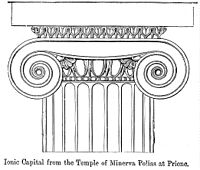



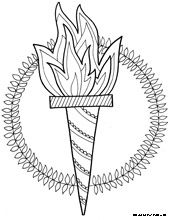
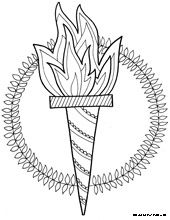
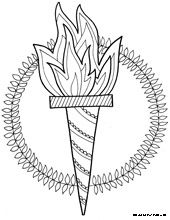
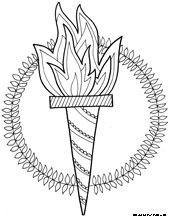
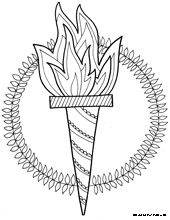
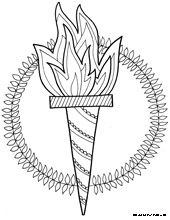
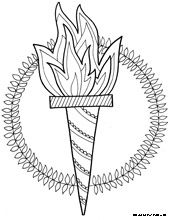
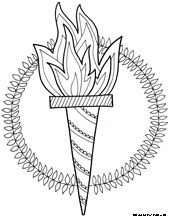
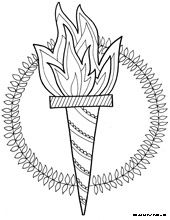
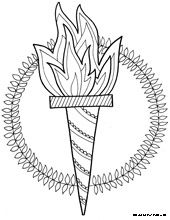
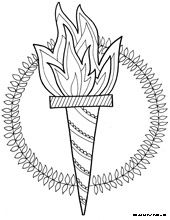

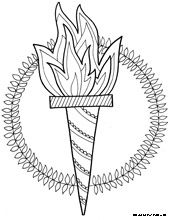
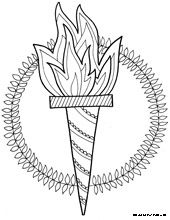
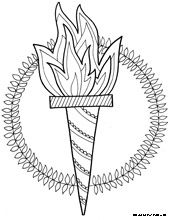
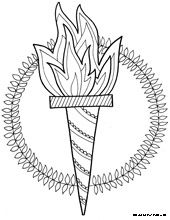














Comments